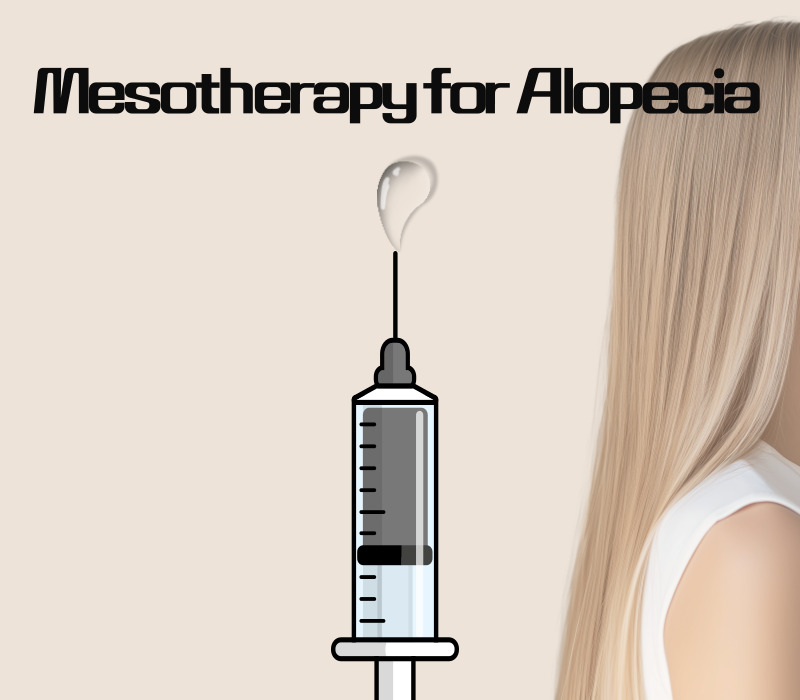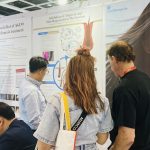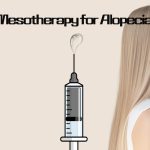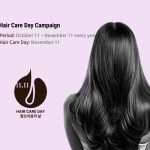Understanding the Basics of Mesotherapy in Hair Loss Treatment
Hair loss is one of the most common concerns worldwide, affecting millions of men and women across different ages. Beyond its physical impact, alopecia often carries emotional, social, and psychological challenges. As treatment options continue to evolve, mesotherapy has emerged as a highly effective medical approach to restore scalp health and stimulate hair regrowth.
This article is the first in our three-part series on Mesotherapy for Alopecia. In this installment, we’ll explore the origins, mechanisms, and fundamental principles of mesotherapy, helping readers understand why it has become a cornerstone in advanced hair loss care.
What is Mesotherapy?
Mesotherapy is a medical technique first developed in 1952 by Dr. Michel Pistor in France. Originally used to treat pain and vascular conditions, it has since expanded into dermatology, aesthetic medicine, and trichology (the study of hair and scalp).
The term “mesotherapy” comes from the mesoderm, the middle layer of skin where blood vessels, connective tissue, and hair follicles are located. The technique involves delivering therapeutic substances—such as cytokines, growth factors, vitamins, peptides, and amino acids—directly into this layer.
By targeting the scalp at the cellular level, mesotherapy provides a localized and sustained therapeutic effect, unlike topical treatments that struggle with skin absorption or oral medications that may have systemic side effects.

Mesotherapy Principle
1. Mesotherapy 3 principles
Small does, rarely, and right points
2. Mesotherapy drug mixing principles
– Isotonicity
– Synergistic
– Non-use of oily solution
– Tolerance of skin or subcutaneous tissue : Absence of pain, nodule formation, or necrosis
– Physical and chemical compatibility (ex. Color, pH, solubility)
– Non Therapeutic Antagonism : Formulation: Less than 3 agents (Cf. 5Agent & Dilution)
– Avoidance of allergies or hypersensitivity
– Efficacy verified

How Mesotherapy Works in Alopecia
Hair loss is a complex condition influenced by multiple factors such as DHT (dihydrotestosterone), genetic predisposition, inflammation, stress, and poor circulation. Mesotherapy works by addressing several of these mechanisms simultaneously:
1. Improved Microcirculation
– Increases blood flow around the follicles.
– Ensures oxygen and nutrients reach hair roots.
2. Anti-DHT Action
– Introduces active ingredients that help neutralize the effect of DHT, the hormone linked to follicle miniaturization.
3. Stimulation of Follicle Stem Cells
– Cytokines and growth factors activate dormant follicle stem cells.
– Encourages follicles to re-enter the anagen (growth) phase.
4. Anti-Inflammatory and Antioxidant Effects
– Reduces scalp inflammation that often accompanies alopecia.
– Protects follicles from oxidative stress and cellular damage.
5. Controlled Release
– Because the solution is injected into the dermis, active ingredients diffuse slowly, ensuring longer-lasting effects than topical applications.
6. Cytokines Rebalancing
– Cytokines therapy using AGF39™ is the most innovative and cutting-edge technology in hair loss mesotherapy.
– Cytokines that cause hair loss are produced by DHT. When these cytokines are intensified, the cytokine balance in the hair follicle is disrupted, resulting in hair loss.
– AGF39™ is a mesotherapy technique that treats hair loss by restoring the cytokine balance in the hair follicle using cytokines that suppress hair loss-causing cytokines and cytokines that stimulate hair growth.

Why Choose Mesotherapy?
Mesotherapy has become a preferred treatment option in many clinics worldwide for the following reasons:
- Direct Targeting: Delivers actives exactly where they are needed—at the hair follicle level.
- Minimal Systemic Risk: Unlike oral medications, it minimizes the risk of systemic side effects.
- Customizable: Treatment solutions can be tailored to individual patient needs, combining growth factors, peptides, and nutrients.
- Synergistic Use: Mesotherapy can be expected to have synergistic effects with drug combinations and other treatments. AGF39TM exhibits synergistic effects with seven non-antagonistic cytokines, amino acids, copper peptide, vitamins, minerals, coenzymes, glutathione, and ATP. Synergistic effects can also be expected through combination therapy with Finasteride, Dutasteride, Minoxidil, and PRP.
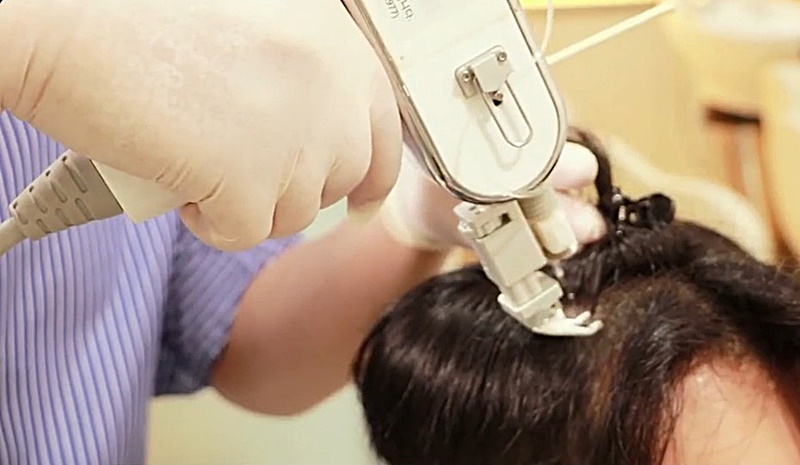
Safety and Professional Supervision
Although mesotherapy is a powerful tool, it must be performed by trained medical professionals. Incorrect technique or unverified ingredients may lead to complications such as:
- Allergic reactions
- Inflammation or swelling
- Localized necrosis (rare but serious)
When performed under proper medical supervision with scientifically validated solutions, mesotherapy is generally considered safe, effective, and well-tolerated by patients.

Who Can Benefit?
Mesotherapy is suitable for a wide range of alopecia conditions, including:
- Androgenetic Alopecia (AGA): Male and female pattern baldness.
- Telogen Effluvium: Stress- or illness-induced hair shedding.
- Postpartum Alopecia: Hair loss after pregnancy.
- Scalp Inflammation and Dandruff-Related Thinning.
Both men and women can benefit, especially those who want a non-surgical, minimally invasive option for managing hair loss.
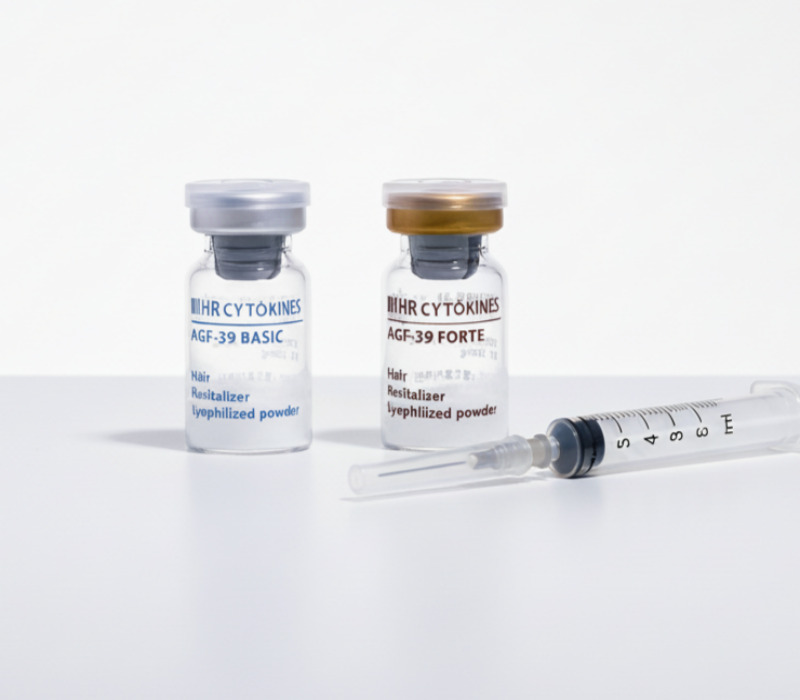
Key Takeaway
Mesotherapy represents an evidence-based, patient-centered approach to treating alopecia. By addressing the root causes of hair loss directly at the follicular level, it helps create a healthier scalp environment, extends the hair growth phase, and improves overall hair density.
In Part 2 of this series, we will walk you through the clinical process of mesotherapy—from consultation and preparation to the step-by-step treatment experience—so you know exactly what to expect when considering this therapy.

Learn more about AesMed’s solutions: www.aesmed.co.kr
